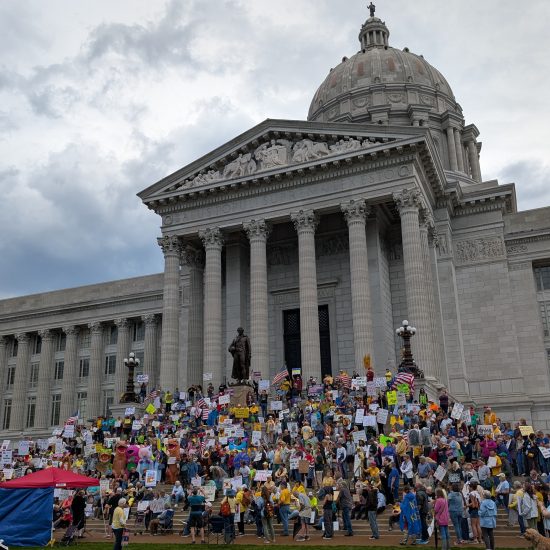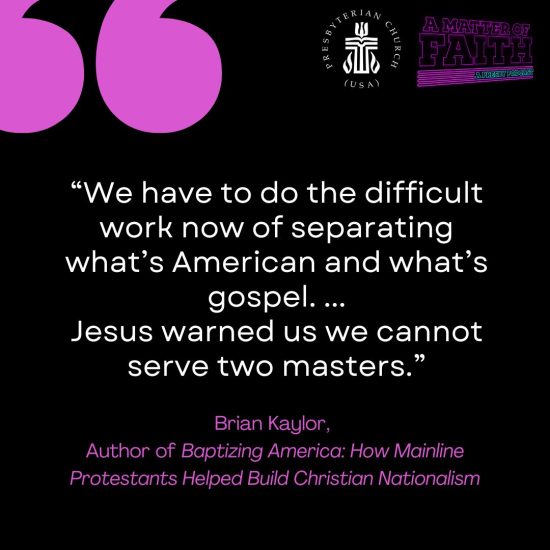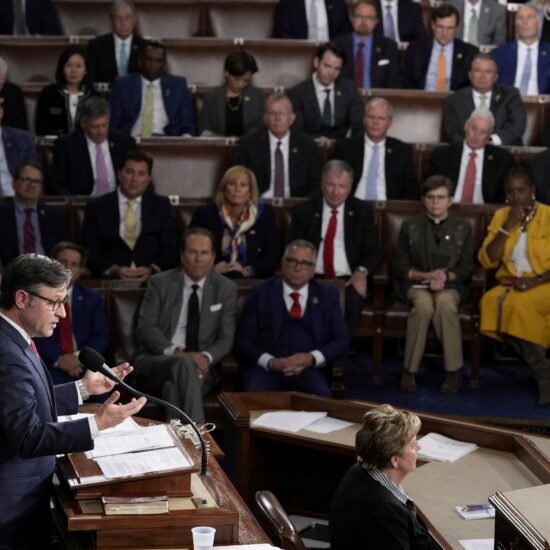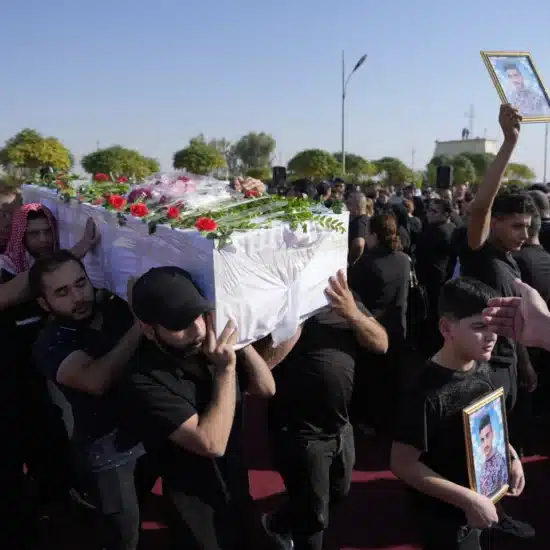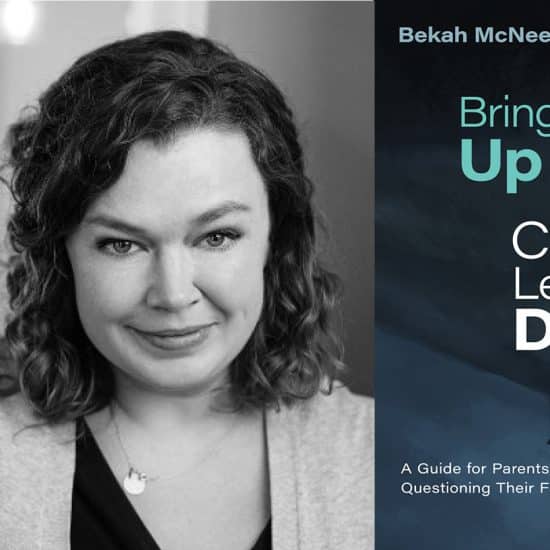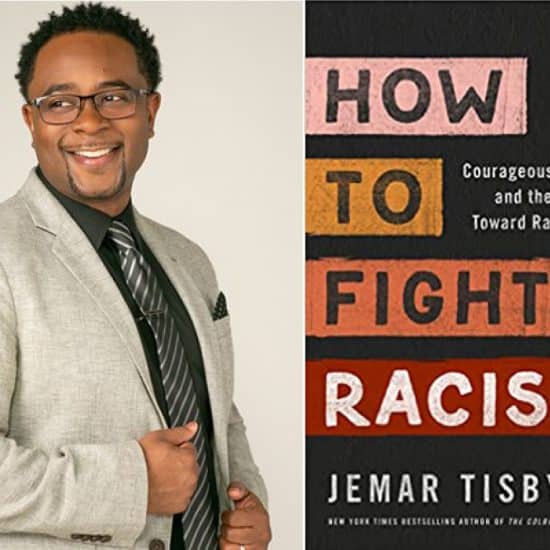One of my favorite friends died recently. The news of his departure from this life in “Missions photojournalist Don Rutledge dead at 82”.
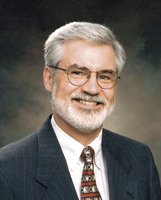
Bill Webb
|
Don’s career began as a freelancer and worked his way onto the staff of Black Star, one of the top photo agencies in the world, based in New York City. It generally was regarded as the nation’s top photojournalism agency.
His Black Star relationship — one offered to only a handful of photographers — took him all over the United States and various regions of the world. For instance, he visited for months at a time in Latin America.
His reputation grew rapidly, and he photographed stories for some of the most prominent magazines in the world.
Don became internationally known when he took photos for Black Like Me, John Howard Griffin’s book, published in 1961, about his traumatic experiences of racism in the segregationist South. Griffin darkened his skin to look black and traveled throughout Louisiana and Mississippi with Don — then only 29 — at his side.
The illustrated book was a sensation, selling 10 million copies. Griffin was hanged in effigy in his hometown and threatened with death. A decade after the book first appeared, Ku Klux Klansmen beat him with chains and left him for dead in rural Mississippi, but he recovered.
Professional colleagues raised their eyebrows when in 1966, the savvy photographer left Black Star and began shooting pictures for the Home Mission Board of the Southern Baptist Convention. According to an account by Erich Bridges of the International Mission Board, the photographer had been looking for ways to use his ability to communicate the gospel since he was a youth growing up in Tennessee. Bridges quoted Walker Knight, an outstanding journalist and editor of Home Missions magazine at the time:
“In the early 1960s I received a package with photographs and story of an inner-city mission in Chattanooga from a Don Rutledge, known only to me by his part in the creation of the book Black Like Me, Knight said at the time.
"I recognized the quality of the work in the envelope and immediately wrote back that I would like to publish the story, but I did not have a budget for freelance work. He wrote back that I was to pay what I could and go ahead and use the material. I sent him $25. It was the beginning of a lengthy friendship and the publication of many photo stories from this Black Star photographer, who was also a Baptist minister….
“Later, when the [Home] Mission Board needed a photographer, I recommended Don, but those hiring said he wouldn't come for our salary. I said, 'Why not let Don make that decision?' Don accepted the position and, in the process, changed the denomination's concept of the power of photography. The publication I edited felt the readership quiver from his first cover, and [photographer] disciples flocked to be taught by his gracious skill.”
In his denominational role, Don visited all 50 states, covering dramatic stories about the faith and courage of missionaries across the landscape, some in very dangerous settings.
In 1980, Don joined what was then the Foreign Mission Board in Richmond, Va., as a special assignment photographer. He worked for the board, covering Southern Baptist missions around the world for 15 years. His work was primarily for The Commission magazine. During his tenure, the magazine competed for top photo awards with TIME and National Geographic magazines.
My own friendship with the renowned photojournalist began in 1981, when I went to the FMB staff as a 31-year-old writer. I made a couple of month-long overseas trips during my three-and-a-half year tenure there, but never with Don.
I always enjoyed visiting with Don, hearing him describe some of his experiences and querying him about improving my own work. Friends said Don was the same person on assignment in some foreign country as he was back in the headquarters in Richmond.
To have won all the accolades that were his — somewhere around 400 awards in his career — Don had a quiet, confident personality. He epitomized Christian humility. He didn’t tend to volunteer his stories of fascinating photojournalistic experiences. When asked, he was matter-of-fact in the telling.
He didn’t keep trade secrets. Other photographers learned from him, as did writers like me. He deeply respected his subjects and resisted any temptation to exploit others with his own work. His pictures were used to draw people into missions and take on advocacy for people who lacked the platform to defend themselves. He was a sweet Christian, one of the most gracious I have ever known.
Bill Webb is editor of Word&Way.

